Palmer Luckey's journey feels like the ultimate comeback story in tech. When he first showed the world the Oculus Rift prototype over a decade ago, few imagined his path would run through a controversial departure from Meta, then loop back to his VR roots with a military-grade twist that has defense analysts and tech enthusiasts talking. Who saw that coming?
The latest chapter comes from Anduril Industries and their newly unveiled EagleEye computing system. This is not your typical military gadget, it is an ambitious attempt to turn individual soldiers into AI-enhanced operatives through what Anduril describes as the largest effort of its kind to provide every soldier with "superhuman perception and decision-making capabilities". The system is a mixed-reality platform built on Anduril's Lattice software, designed to deliver command-and-control tools, sensor feeds, and artificial intelligence directly into a soldier's field of vision.
From gaming headsets to battlefield helmets: Luckey's evolution
What makes Palmer Luckey's move from VR pioneer to defense innovator compelling is not just the pivot, it is how his consumer VR chops now attack military problems that traditional contractors could not crack. After founding Oculus and selling it to Facebook, now Meta, Luckey was fired in 2017 under controversial circumstances. He did not fade. He poured that mixed-reality know-how into Anduril Industries.
Timing helped. The U.S. Army had been struggling with Microsoft's Integrated Visual Augmentation System (IVAS), a $22 billion program awarded in 2018. When performance issues hit Microsoft's HoloLens-based solution, specifically problems with user adoption, ergonomics, and reliability in combat conditions, the Army handed control of the contract to Anduril in February, clearing the runway for EagleEye.
Consumer VR lessons show up everywhere, but with a crucial philosophical shift. Rather than the usual cobbled-together "technological Frankenstein" that plagues military tech, EagleEye represents a fully integrated ballistic shell with hearing protection, vision protection, head protection, on-board compute, networking, radios, and vision augmentation systems. One piece, one system, fewer seams for users and attackers to exploit.
Momentum followed the money. Anduril won a $159 million award in September to prototype new mixed-reality systems for soldiers, putting them in position to compete for the broader IVAS replacement program. It is a validation of Luckey's thesis that unified user experience and intuitive interfaces can solve military problems that component-first approaches struggled with.
PRO TIP: Watch how EagleEye's performance in initial Army testing compares to Microsoft's IVAS results. The success or failure of this consumer-to-military technology transfer could reshape how the Pentagon approaches future tech procurement.
Technical specifications that push beyond consumer limits
Here is where EagleEye gets interesting. The system makes trade-offs that would be unacceptable in consumer markets, but they unlock capabilities beyond anything in civilian XR. The headset uses multiple microdisplays per eye, which results in visible seams in peripheral vision. A consumer product killer. A battlefield non-issue.
Why keep it? Because these trade-offs enable specs that are significantly beyond anything available on the consumer market today. Instead of chasing a flawless image, EagleEye's multi-display layout allows higher resolution in specific zones, faster refresh rates where it matters, and independent tuning for threat detection tasks. If the system can flag what human eyes would miss, those seams fade into the background.
The AI layer is the bigger swing. Luckey frames the goal as an artificial intelligence companion "in the vein of Cortana" from the Halo video game series, a digital guardian that crunches huge sensor streams in real time. The system's 360-degree threat awareness capability can automatically detect and categorize drone threats, vehicular threats, and personnel threats, then present this information without overwhelming the user.
Think about the contrast. Traditional setups rely on multiple operators watching separate screens, then relaying calls over radio. Delays pile up, blind spots grow. A soldier with EagleEye sees more than the scene ahead, they get AI-powered situational awareness, 360 degrees, filtered and prioritized by immediate tactical relevance.
The system can integrate live video feeds, features rear and side sensors for threat alerts, and tracks teammates in real-time. Like having an intel team, a drone unit, and a tactical coordinator inside the helmet, with response times measured in milliseconds.
With an estimated cost exceeding $10,000 per unit, EagleEye is a sizable bet on the individual soldier. Stack that against satellite feeds, drone operators, communications hardware, and analyst teams, and the math starts to look like a force multiplier.
The Meta reunion: healing old wounds for new innovation
The plot twist is the rekindled partnership between Luckey and Meta. Earlier this year, Anduril announced a collaboration with Meta to develop extended reality devices for the military, a rare reconciliation after a messy split.
It started when Mark Zuckerberg personally invited Luckey to test the Orion prototype about a year ago, with Zuckerberg expressing respect for Luckey and hope for future collaboration. Given the tenor of 2017, that is a turn.
The partnership brings technical firepower that EagleEye would not otherwise have. Meta's investment in optical-grade silicon carbide optics enables unprecedented levels of field of view and visual acuity, the same material tech behind Meta's Orion AR prototype glasses. Silicon carbide allows a 70-degree diagonal field of view in a thin and light format, and those capabilities are being adapted for missions where weight and profile decide effectiveness.
The collaboration goes deeper than materials. The partnership involves utilizing technology from Meta's Reality Labs and integrating Meta's Llama AI model with Anduril's Lattice command and control software. That fusion enables real-time language processing for threat analysis, natural voice commands under stress, and decision support that adapts to the individual.
What stands out is how Luckey has moved beyond any anger from his Meta departure, letting both teams combine strengths. It is a reminder that relationships and technology often converge to crack problems neither could handle alone.
Manufacturing and deployment: bringing science fiction to reality
The EagleEye timeline signals urgency and maturity. Luckey has confirmed that working prototypes already exist, with first prototypes expected to be delivered to the Army this year. Not vaporware. Hardware.
Manufacturing choices underline the stakes. The Eagle Eye XR helmet will be built in the US or with US allies, with "no Chinese parts," a security-driven posture that consumer electronics rarely follow. That approach could nudge standards that later spill into civilian supply chains.
The headset is not a lone wolf either. The devices incorporate Anduril's autonomy software and Meta's AI models, so soldiers can interact with AI-enabled weapon systems and autonomous platforms. EagleEye looks like the front door to a wider AI-enhanced defense network.
Flexibility matters at the edge, and EagleEye is built for it. The modular platform supports helmet, visor, and glasses formats depending on the mission. That is a consumer lesson repurposed for infantry, reconnaissance, and everything in between.
The investment scale tells its own story. Anduril has been investing significant resources into EagleEye development for years, treating it as a long game rather than a quick contract. Confidence like that usually signals a paradigm swing, not a feature bump.
What this means for the future of XR technology
EagleEye shows how military needs can accelerate tech in ways pure consumer R&D does not. The seams and the five-figure price make it a nonstarter for gaming or social use, but the guts, AI integration, threat detection, multi-display tricks, could filter down in unexpected ways.
There is a supply chain angle too. The Meta and Anduril partnership illustrates how military contracts can accelerate the development of supply chains for advanced materials like optical-grade silicon carbide. Defense buys often front-load volume that makes new manufacturing viable, a pattern familiar from GPS, internet protocols, and touchscreens. If it works, consumer AR may see Orion-level capabilities sooner than expected.
There is also a shift in who builds what. EagleEye points to a model where consumer tech companies contribute directly to defense, instead of defense vendors retrofitting civilian ideas years later. That taps Silicon Valley's iteration speed, user-first design, and AI expertise in ways traditional procurement could not.
Software stands to benefit as much as optics. Military XR demands real-time processing, reliability under extreme conditions, and intuitive interfaces that hold up under stress. Those pressures can harden consumer platforms that later power surgery, industrial training, or high-risk field work.
Luckey calls EagleEye “the most important piece of hardware he’s ever built”. Coming from the person who kicked off modern VR, that lands. It is a convergence of consumer VR, military requirements, and AI that could steer mixed reality for years.
PRO TIP: Keep an eye on patent filings and technical papers emerging from the Meta-Anduril partnership. The innovations developed for military applications often signal future directions for consumer technology, particularly in areas like AI-powered interfaces, advanced optics, and power management systems.
The success or failure of EagleEye will shape whether other tech companies follow Meta's lead and team directly with defense contractors. If it performs in the field, expect a fresh wave of consumer-to-military transfers that speed up innovation on both sides. The defense sector, not traditional consumer markets, may end up pushing truly advanced XR into the mainstream.
In many ways, Palmer Luckey's arc, from garage tinkerer to defense innovator, mirrors the XR industry's own path. Less novelty, more impact. Whether EagleEye soars or stumbles, it marks an inflection point where science fiction-grade capabilities meet battlefield reality, and that could reshape both military operations and civilian tech for a long time.




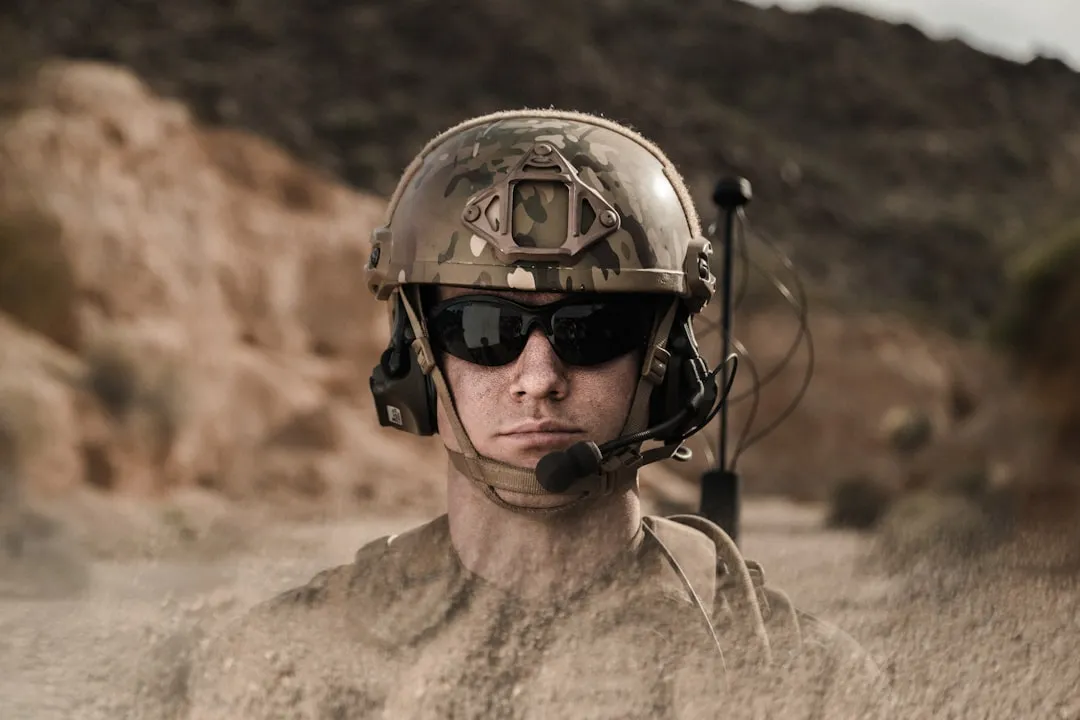


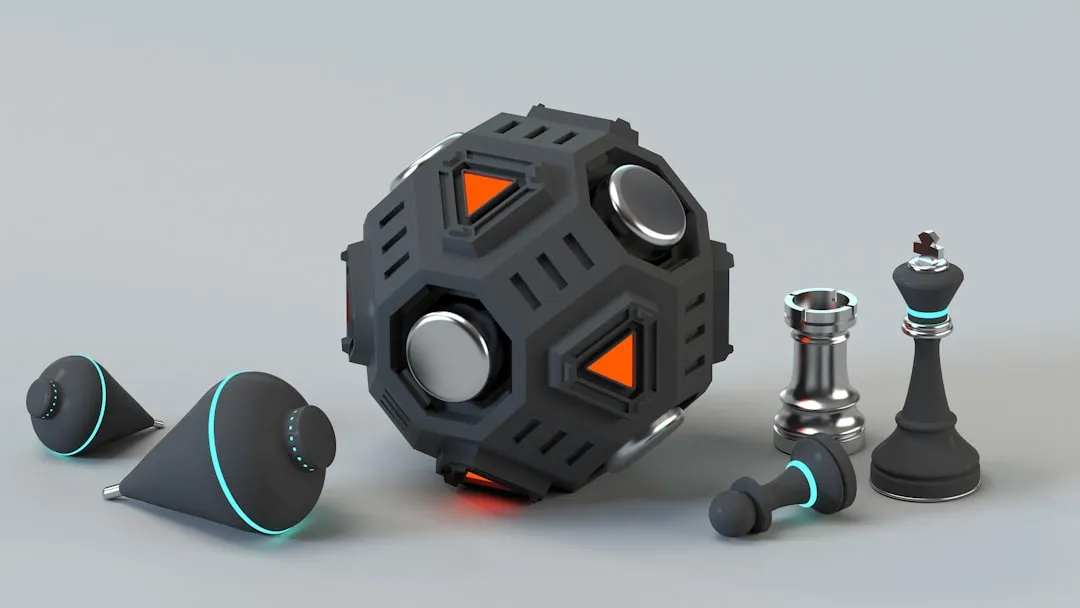

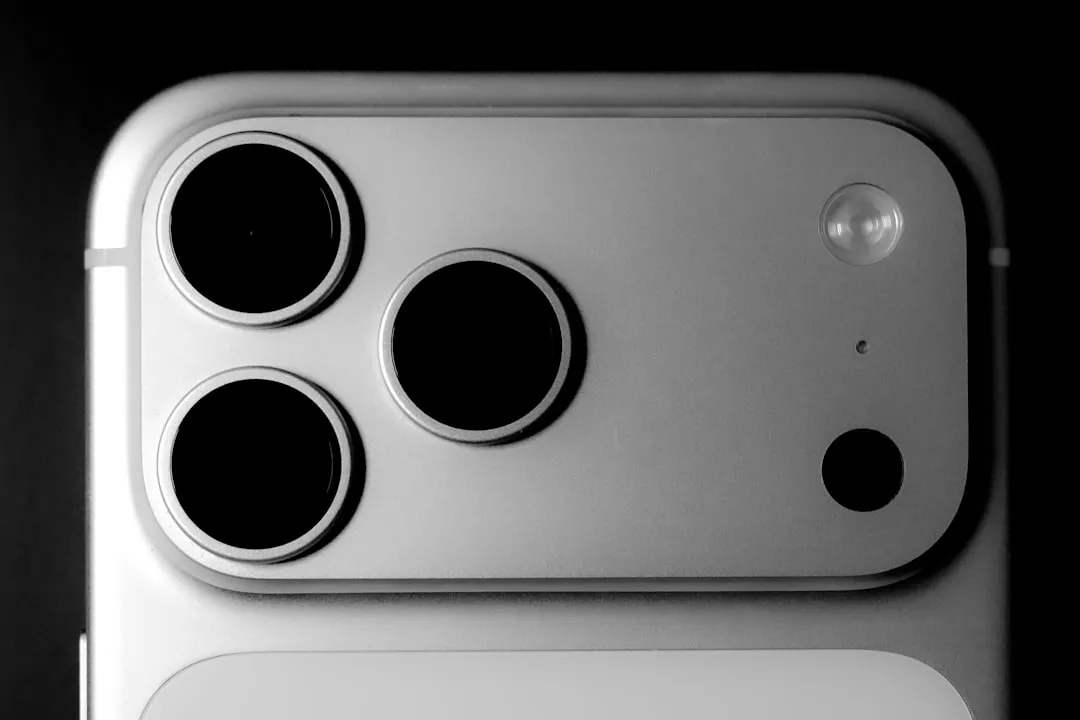




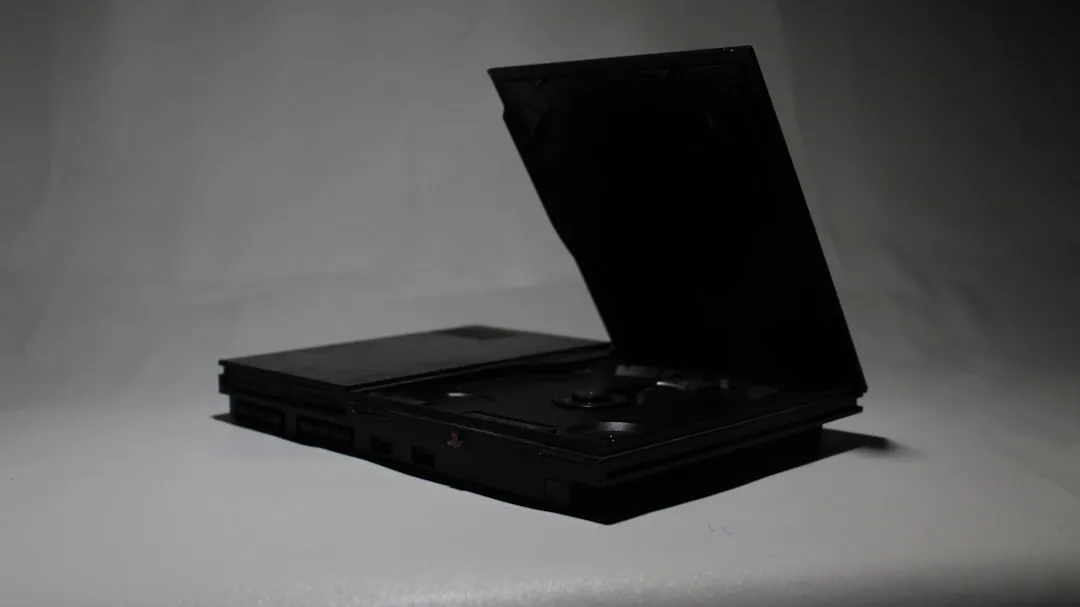






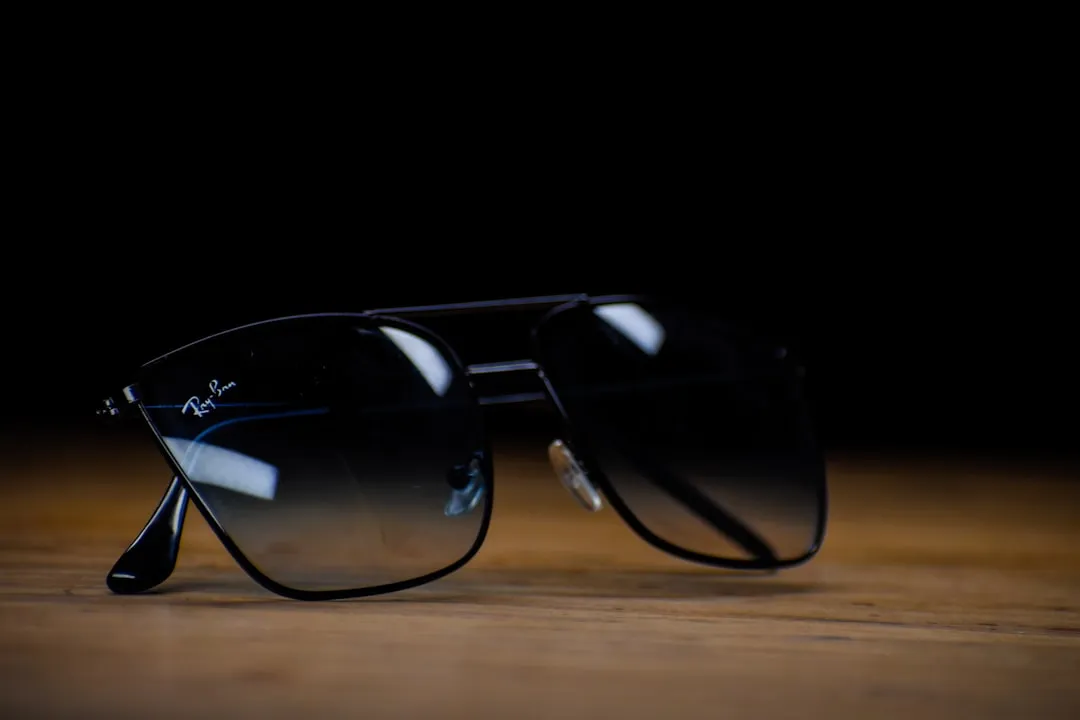
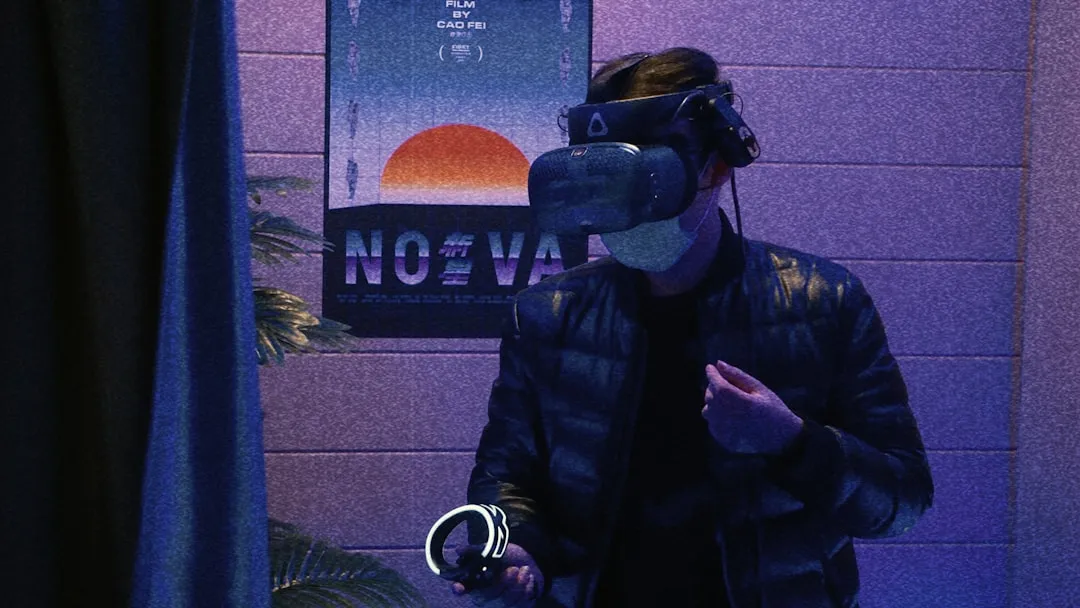
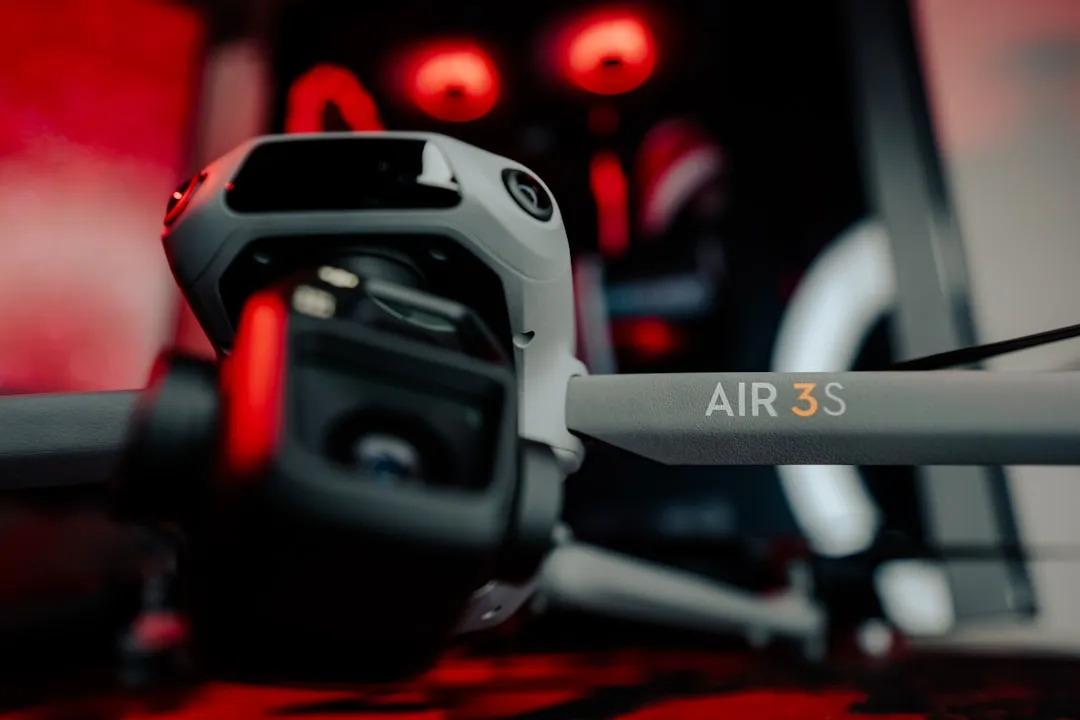

Comments
Be the first, drop a comment!